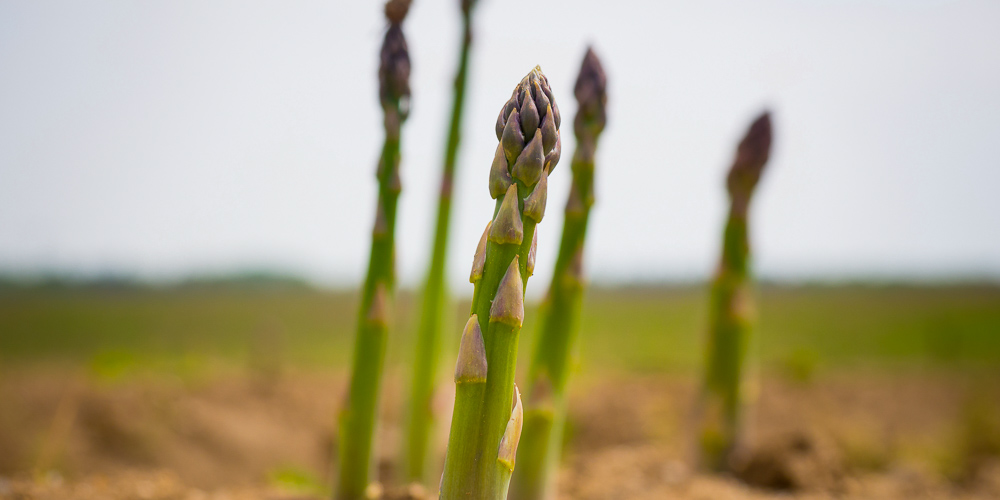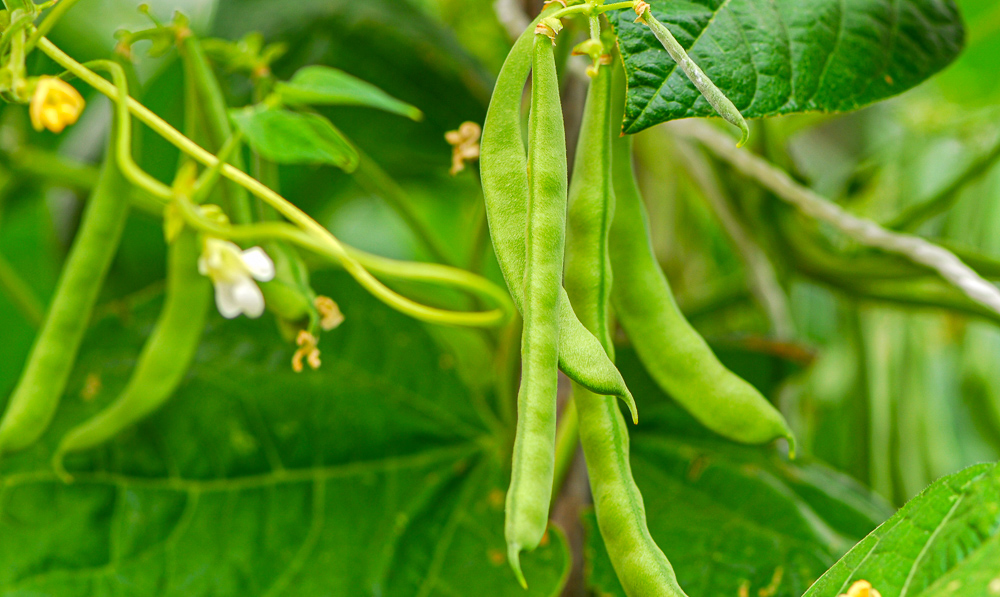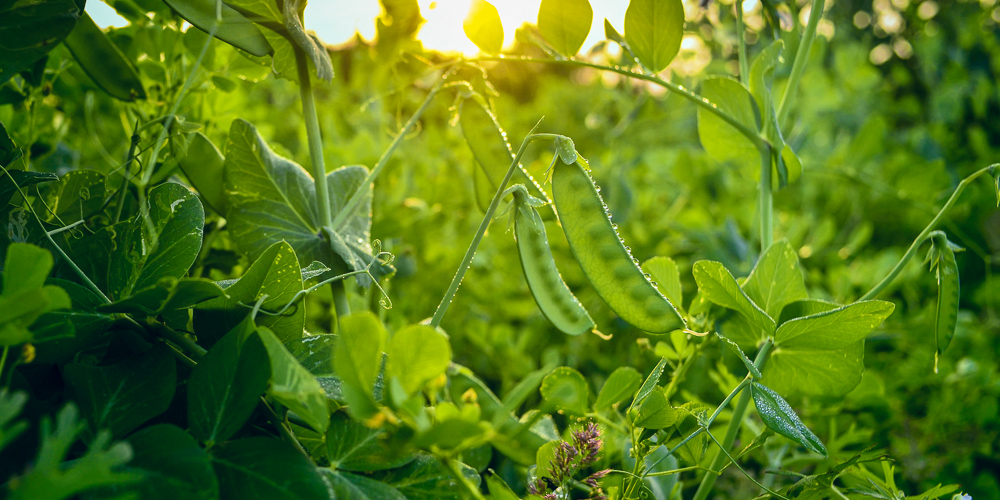6 Easy to Grow Veggies for First Time Gardeners
Thinking of starting a vegetable garden, this is your sign to go for it! Not sure what to plant to be successful? Read here to find 6 easy to grow veggies.
If you’re going to put in the effort to grow your own vegetables – as millions of new gardeners have been doing over these past three years – it makes sense to start with the crops that are going to give you the most return for your investment.
Some veggies are easier to grow than others, and some just produce more return for their space than others.
These aren’t the easiest to grow, but if you can nurse tomato plants through issues such as blight, septoria leaf spot, and groundhog attacks, the payoff is huge.
The taste and nutritional value of a home-grown tomato picked at peak ripeness are light years ahead of supermarket fare.
The cost of store-bought tomatoes coupled with the likely yield makes this gardening’s best investment. Tomato plants are easy to start from seed, and the fruits are superb for both canning and freezing.

Denisfilm / iStock / via Getty Images
Both hot and sweet bell peppers are easy to grow and have few in-the-garden problems.
Yields are good, store prices make the effort worth it, and peppers are versatile in the kitchen.
The biggest drawback: it takes weeks longer with more risk of loss if you’re shooting for maximum nutrition, fully ripe red/orange/yellow fruits.

Numxyz / iStock / via Getty Images
Overcome the main problem of wilt-spreading cucumber beetles, and you’ll swim in fresh cucumbers for months. Turn cukes into pickles and the value goes even higher.
Cucumbers are inexpensive and simple to grow from seed in the garden.
Avoid pesticides, and spread out the harvest by planting new seeds every few weeks throughout summer. As wilt takes down older plants, young ones take over.

Sushaaa / iStock / via Getty Images
One of the few perennial veggies, asparagus is planted by roots and can produce weeks’ worth of nutritious shoots each year for decades.
Because it’s a once-and-done planting, the long-term investment is high – especially given the cost of store-bought asparagus. Give asparagus its own patch so shoots don’t migrate into other crops.
Weeds are the main challenge, although plants occasionally are attacked by a beetle. Otherwise, asparagus is drought-tough, low-care, and even good-looking when the ferny foliage opens post-harvest.

Ondhajek / iStock / via Getty Images
Hardly anything bothers the onion family. Just keep these watered, and they’re all among the cheapest, easiest-to-grow crops.
Onions aren’t that expensive but at least are good keepers and versatile. Despite their ease of growth, leeks, shallots, and garlic fetch a good price at the store, making them winners in any cost-benefit analysis.

Nikita Burdenkov / iStock / via Getty Images
Leaf types are easiest to grow and keep churning out fresh spring salads until heat turns them bitter. But new crops can be planted for fall and even winter in milder climates or with protection.
All lettuce is cheap to grow from direct-planted seed. The main adventure is keeping the bunnies from beating you to harvest.

AlexRaths / iStock / via Getty Images
Excess-harvest jokes about zucchini are legendary, but almost all summer squashes are tireless producers – that is until either mildew or squash vine borers take them down. But by then, even a short-circuited production will have paid you back royally for the minor cost of seed.
Both squash problems are stoppable. You could also use the same trick we covered earlier with cucumbers, plant several seeds so you will have backups.

Ideeone / E+ / via Getty Images
Like asparagus, rhubarb is a perennial vegetable. You’ll get years of strawberry/rhubarb pies and strawberry/rhubarb jelly from the stalks your expanding plants will put out each season.
Other than rotting out in wet clay (a no-no for any vegetable garden anyway), rhubarb is low-care and long-lasting. It’s a bold, beautiful plant with large leaves and reddish stalks.

Vegar / iStock / via Getty Images
Beans are another inexpensive, seed-grown crop that usually yields several pickings before the pods peter out. Because they’re among the quickest from seed to harvest, beans can go in several times from spring through summer.
Other than groundhog and rabbit attacks and occasional forays with a beetle, these are pretty reliable.

Brytta / E+ / via Getty Images
Timing is everything here. Get your pea seeds in as soon as the ground thaws in spring, and you’ll enjoy weeks of pod-picking before heat shuts down production.
Little goes wrong with snow peas, and you can eat the whole pod with no wasted time shelling.

BaianLiang / iStock / via Getty Images
Once plants are in or up in the garden, keep the weeds down with applications of Preen Natural Vegetable Garden Weed Preventer, which uses natural corn gluten meal as the active ingredient.